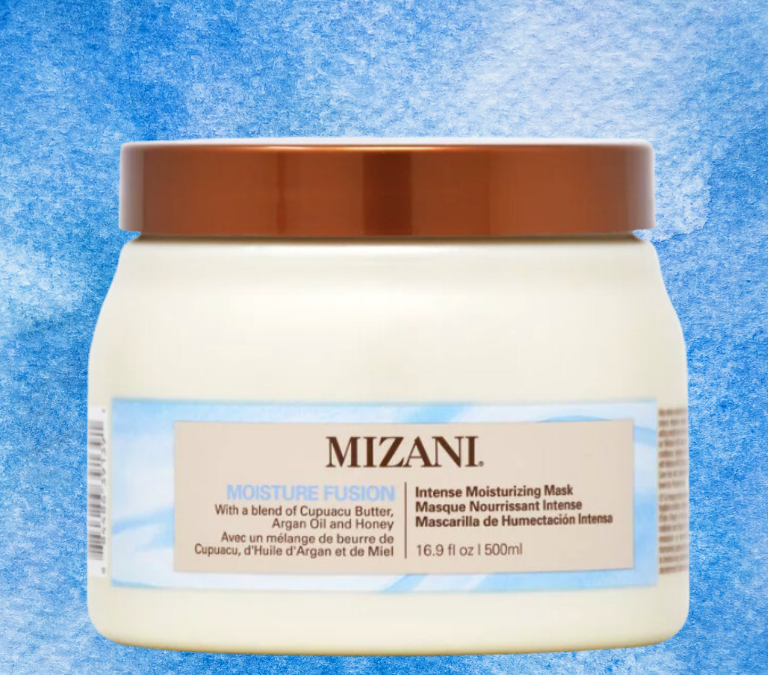There’s a lot of information out there about the importance of the hair’s cuticle and keeping it closed and smooth. However, it’s important to note that you first actually want to open it to allow in the moisture and nourishment! This article will share details on the structure of the hair, and how to open and close the cuticle to retain proper moisture levels for healthy, natural hair care. A smooth, closed cuticle really is the secret to stronger, healthier hair.
Parts of the hair
It is essential to know the parts of the hair in order to understand what each one does and what it needs to stay healthy.
There are three main parts of the hair:
- Root (the part growing in the follicle)
- Shaft (the middle of the length of the hair)
- Tip (the end of the hair, farthest away from the root)
There are also three layers to hair:
- Medulla (the innermost layer of the hair)
- Cortex (between the cuticle and the medulla)
- Cuticle (the outermost layer of the hair)
The cuticle is made of a tough protein called keratin and is really a series of overlapping scales.
The cuticle tends to be unorganized and overlapping, like a roof shingle, and these layers work defensively to prevent damage to the hair’s innermost structure while holding onto the water content of the hair fiber. The strongest hair has a smooth, closed cuticle because when the cuticle is raised or chipped it is extremely difficult to maintain the hair’s moisture levels.
When the cuticle layer is open or raised, chemicals, ingredients and water can pass through to the center of the hair strand; you can add color or relax the hair by altering the cortex. Now, being able to open the cuticle is just as vital as being able to close it, and while it is necessary or happens in everyday styling and care, the simple act of opening and closing is damaging to the strands.
What opens up the hair cuticle?
Potential of Hydrogen, or pH, is the measurement of how acidic or alkaline a substance is and is judged on a scale between 0 and 14, with 0 to 6.9 being acidic, 7 being neutral, and 7.1 to 14 being alkaline. Human hair is between 4.5 and 5.5. A base or alkaline will open the hair’s cuticle, and while chemicals like color and relaxers have ingredients that do open the cuticle, simply adding water to moisturize your hair or using certain shampoos will also slightly swell and raise the hair’s cuticle too, according to The Natural Haven.
This means that even if you are trying your hardest to keep your cuticle intact, it will be impossible as simply cleansing is raising the cuticle and a necessary component of healthy hair care. The problem occurs when the cuticle is damaged and will not close, and many who bleach or relax their hair experience this issue.
What closes up the hair cuticle?
The opposite of what opens up the hair’s cuticle is what closes it, so that would be ingredients of an acidic nature, like many DIYers favorite, ACV. Conditioners do exactly the same thing as they contain positively charged, or cationic, surfactants, according to The Natural Haven.
A properly closed cuticle will contain the moisture that is in the hair shaft, seal it in, and allow for flexible, soft and more manageable strands. Many also believe that simply running cool or cold water on hair will close the cuticle, but there is no evidence to support that claim, according to The Natural Haven.
Also understand that the hair cuticle is not something as basic as a door that one can open and then close just as easily. The cuticle can be damaged and repaired, and there’s really no need to try to force it open. Wetting the hair or using most shampoos will open it, while conditioning and deep conditioning (which should be done after every wash) will close it after it has applied the necessary moisture.
Simply washing, styling and dealing with the environment will cause damage to your hair. This is inescapable, so maintain the hair by cleansing, conditioning, deep conditioning, and protecting it from the elements, over-manipulation, heat, and chemicals. Do what you must and what you want, but always be sure to care for your hair. If you are inflicting more damage than usual, think about protein treatments or a break from the damage.




